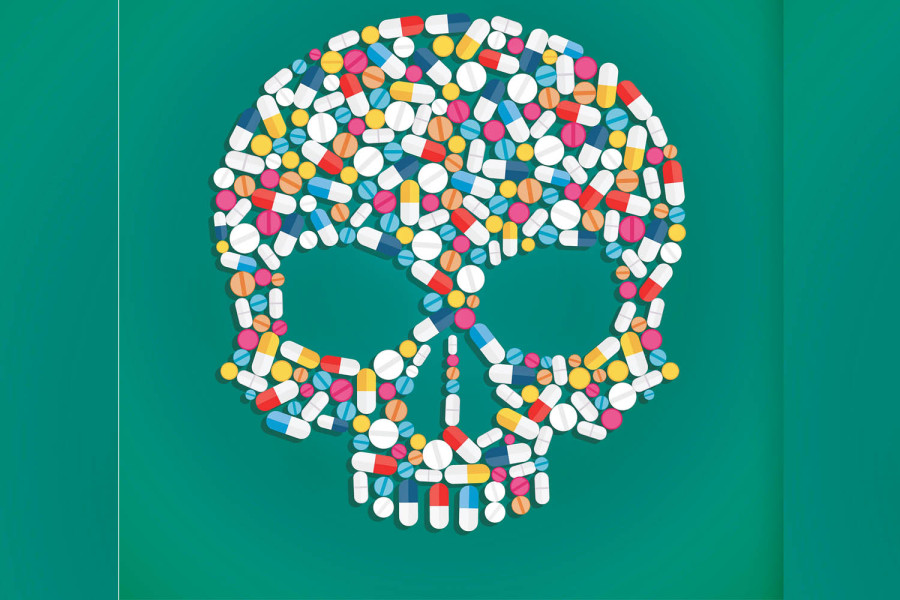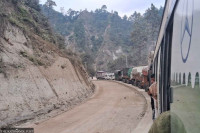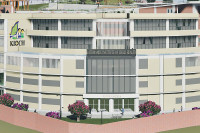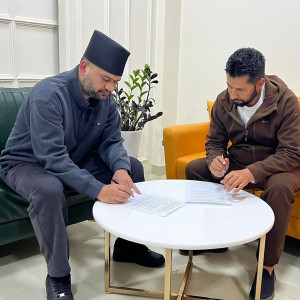Editorial
Arming against AMR
The growing abuse of antibiotics heralds an impending health crisis. Nepal is unprepared.
People in Nepal and around the world routinely self-medicate with leftover antibiotics and stockpile them for future use, disregarding the necessity of a proper clinical diagnosis. Additionally, doctors often prescribe antibiotics by their brand names without identifying the disease, and with no bacterial confirmation or disease susceptibility testing. Sometimes they recommend multiple antibiotics—a pill for every ill, as it were—even for cold, cough and diarrhoea that do not require antibiotics. This is partly attributed to the influence of pharmaceutical companies that offer doctors various inducements for prescribing their medicines.
The implication of this on public health is profound as people either overdose or fail to complete the mandatory cycle, leading to antimicrobial resistance (AMR) and limiting their ability to heal from even comparably minor future health problems. A recent study conducted by Nepal Health Research Council found that more than a third (or 37.8 percent) of prescribed medications in Nepal are antibiotics, which surpass the standard set by the World Health Organization. Antibiotics like Azithromycin (24.5 percent), Amoxicillin/Amoxyclav (20.5 percent), Cefixime (14.8 percent), Ciprofloxacin (14.1 percent) and Metronidazole (9 percent) are the most commonly dispensed antibiotics without prescriptions. Unfortunately, according to the World Bank, this trend is increasing worldwide, leading to 700,000 deaths from AMR each year.
Nepal has several bodies and laws, including the Drug Act of 1978, to regulate antibiotic prescription. The Ministry of Health and Population (MoHP) brought the National Antibiotic Treatment Guidelines in 2014 and the National Antimicrobial Resistance Containment Action Plan Nepal 2016 to encourage sensible use of antibiotics and to manage and monitor antibiotics prescription. Laboratories were also developed to support AMR surveillance. However, despite abundant resources, the council study found that 41 percent of doctors and health workers were unaware of the national antibiotic prescription guidelines. Of the remaining 59 percent, only 54 percent had access to the guidelines.
Another study titled “Antibiotics Prescription, Dispensing Practices and Antibiotic Resistance Pattern in Common Pathogens in Nepal” (2023) reveals that despite the 1978 Act and guidelines by Nepal Pharmacy Council, many healthcare practitioners don’t follow them. This has resulted in unregulated prescription practices by pharmacists and doctors. Moreover, Nepal is yet to endorse the National Action Plan on AMR.
Doctors, pharmacies and regulatory authorities, it seems, are not taking enough measures to prevent the risk of AMR and safeguard people’s lives. It is vital to raise awareness about the dangers of gulping down antibiotics without a prescription, enforce strict regulations, and hold medical practitioners accountable. Concomitantly, local governments and community health should be well equipped to implement effective AMR surveillance and have laboratory capacity for sensitivity testing of antibiotics. They should also be responsible for expanding monitoring and regulation at rural and urban pharmacies.
Even the general public should stop using leftover antibiotics and only visit hospitals and health care centres that are equipped with AMR surveillance systems. As per the council study, while 10 percent of the outpatients consume antibiotics as prophylaxis, 8 percent take double-dose antibiotics for a quick recovery. The World Bank predicts that if the governments don’t take prompt action, by 2050, there could be 10 million annual deaths from AMR. The time to deal with this impending health emergency is now.




 6°C Kathmandu
6°C Kathmandu














